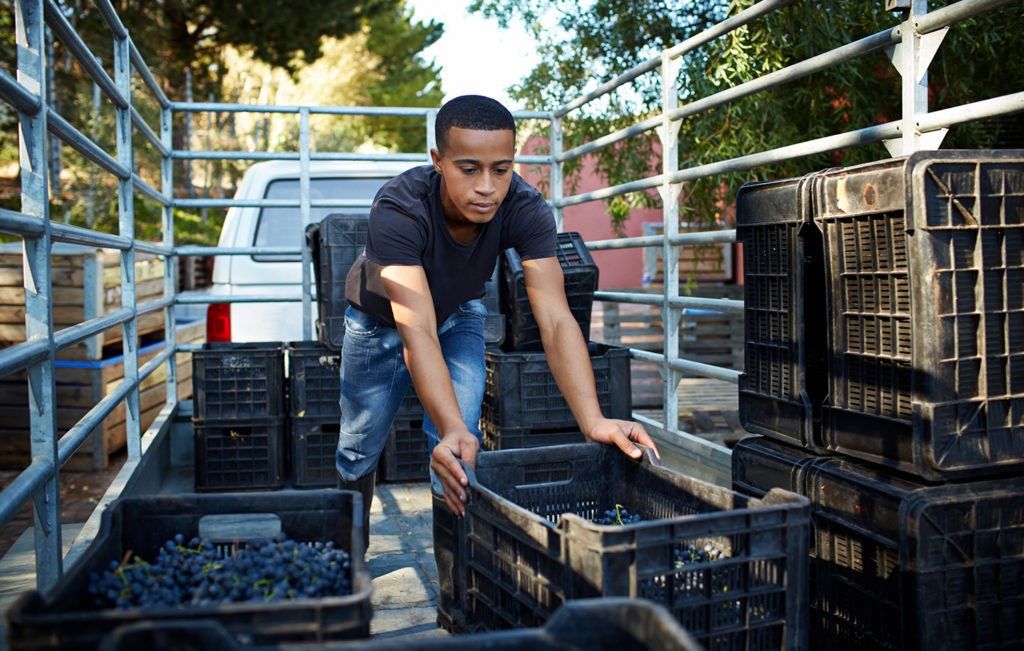Key points
- In many countries, job postings on Indeed have surpassed their pre-pandemic levels, although the pace of recovery differs across countries and occupations.
- Global job postings grew as vaccination rates increased and restrictions eased, highlighting the importance of public health measures for reversing COVID-19’s economic damage.
- Nursing, human resources and care postings were on average over 50% higher than before the pandemic as of 22 October, 2021, while postings in travel-related and high-contact sectors like aviation and beauty & wellness were still at or below their pre-pandemic levels.
Online job postings are a barometer of labour market health. In early 2020, at the onset of the pandemic, employers around the world reduced hiring and Indeed postings fell immediately. However, postings began to recover in the second half of 2020 and that recovery accelerated in 2021. From the start of the year to 22 October, job postings grew 57% on average in the 20 OECD countries that the Indeed Hiring Lab tracks regularly.
Job postings in many countries have surpassed pre-pandemic levels
In many developed countries, postings on Indeed in late October exceeded their pre-pandemic levels substantially — a sign of strong demand for new hires as the labour market recovers. Among the countries we examined, postings grew most in Australia, where they were 71% above their pre-pandemic benchmark of 1 February, 2020, on a seasonally adjusted basis. Canada at +52% and the US at +48% followed. Postings were still a touch below pre-pandemic levels only in Israel.

Postings grew in line with mass vaccination and easing of restrictions
Whilst there have been significant improvements in all countries since the pandemic lows, there are also wide differences in the extent of recovery. Possible reasons include the different ways in which governments supported the labour market during the pandemic, the varying amounts and timing of fiscal stimulus, and the differing composition of employment. For example, job postings have been slower to recover in countries where more employment is linked to international travel and tourism, like Spain. Because of these policy and structural differences, the countries with the highest vaccination rates aren’t necessarily those with the highest number of postings.
However, the public health situation has been a factor in the pace of labour market recovery in all the countries we looked at. Job postings grew in line with the anticipated or actual pace of vaccine rollout and the corresponding relaxation of restrictions related to COVID-19 during the first half of this year. This highlights how important public health has been in reversing the economic damage of the virus.
Despite global vaccination progress, average stringency of restrictions increased in August as some countries struggled to contain the delta variant. Based on the Oxford Blavatnik stringency index, rules tightened most in New Zealand, Mexico and Israel. Postings have recently fallen in New Zealand and growth has stalled in Mexico, while postings in Israel remain below the pre-pandemic level. Australian postings also stalled as various parts of the country entered lockdowns but recovered more recently upon reopening.
Recovery continues in most countries. Even in countries where postings are close to the pre-pandemic level or have not yet surpassed it, they have grown as vaccination rates have risen.
Different occupations are recovering at different rates
The pandemic’s impact has been uneven. When COVID-19 hit, postings in ‘essential’ occupations like health and social care held up relatively well. At the same time, postings in hospitality, leisure and travel virtually disappeared.
The recovery of occupations from the pandemic has also been uneven. Average posting growth rates across countries point to some winners and losers at this stage.
Postings for health-related occupations like nursing, care, medical technician and therapy are well above pre-pandemic levels. So are job ads in occupations that still support the stay-at-home economy and spending on goods, like loading & stocking and manufacturing. In addition, HR postings have risen strongly as companies across all sectors increasingly look to hire. Postings for certain jobs that involve in-person interaction with customers have also rebounded as public health restrictions eased and business activity resumed throughout this year. For example, food preparation & service was up 39%, putting it in 15th place.
In contrast, postings for pandemic-exposed jobs in hospitality & tourism, beauty & wellness and aviation remained at or below pre-pandemic levels due to ongoing travel restrictions in many places. Several white-collar occupations were also among those with the lowest growth. Postings in accounting, engineering and sales lagged the fastest growing occupations by a wide margin even though they rebounded substantially from 2020 lows. The rising tide of easing restrictions and economic recovery is not lifting all boats at the same pace. Ongoing economic uncertainty is limiting posting growth in some sectors.
Conclusion: Global labour market recovery still has room to run
Recovery continues apace. As job postings have recovered rapidly from their pandemic lows, employment has risen. Employer competition for candidates has led to faster pay growth in some sectors and greater use of hiring incentives.
But the labour market isn’t out of the woods. Employment rates are still below pre-pandemic levels in many countries. In addition, job postings haven’t recovered in all sectors and the pace of recovery differs across countries. This means the global labour market recovery is still incomplete. Sustained hiring needs to continue for jobs to rebound fully, even in countries where postings are already well above pre-pandemic levels.
The data also make clear that public health is a common denominator in labour market recovery. The correlation between vaccination rates, the easing of restrictions and job posting growth suggests recovery will not be complete until the pandemic is fully under control.
Methodology
This post draws on our working paper entitled “Job Creation During the Pandemic”. Data are for 20 OECD countries where Indeed Hiring Lab tracks job postings regularly: Australia, Austria, Belgium, Canada, France, Germany, Ireland, Israel, Italy, Japan, Luxembourg, Mexico, the Netherlands, New Zealand, Poland, Spain, Sweden, Switzerland, the UK and US. Data for selected countries are available on Github.
Job posting trends are the percentage changes in seasonally adjusted job postings from 1 February, 2020, through 22 October, 2021, using a seven-day trailing average, as in our job posting tracker. 1 February, 2020, is our pre-pandemic baseline. We seasonally adjust each series based on historical patterns in 2017, 2018 and 2019. Each national trend is seasonally adjusted separately. This information is based on publicly available information on the Indeed website in the countries mentioned, is limited to those countries, is not a projection of future events and includes both paid and unpaid job solicitations.
Vaccination rates are the shares of fully vaccinated people in the population from Our World in Data, except for Luxembourg, where it is the share of people that received at least one dose. The stringency of restrictions is measured with the stringency index from the Oxford Blavatnik COVID-19 Government Response Tracker. Data in the charts that compare vaccination rates and stringency of restrictions with job posting growth are for the last available day of each month. Averages across 20 countries are unweighted means.






